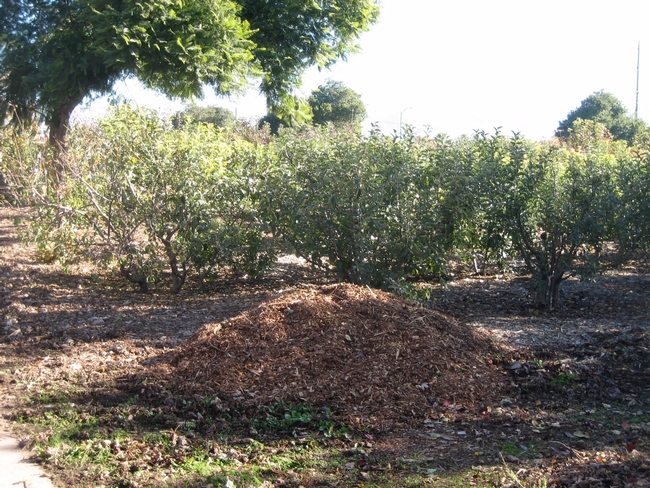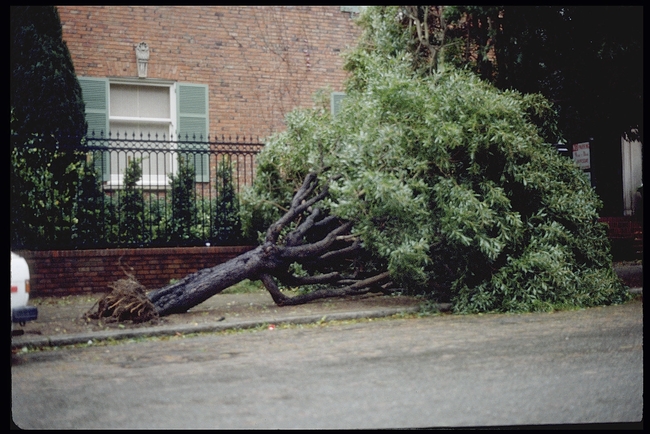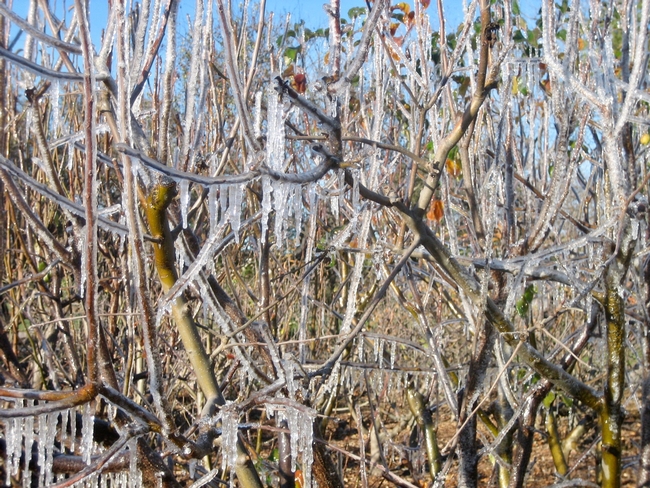
Assuming that the Morgan Hill area gets its much needed rain this winter, growing flowers and vegetables during the winter months can provide a delicious harvest, while reducing erosion and promoting soil health. So what can you do to care for your winter crops?
Add organic soil amendments
Whether you plan for your garden to work or rest this winter, adding organic soil amendments now can replenish nitrogen levels and improve soil structure. Popular soil amendments include alfalfa pellets, blood meal, and fish emulsion. Aged manure or compost can also be dug in, or used as a top or side dressing to feed winter crops right away, or spring crops later in the season.
Mulch! Mulch! Mulch!
The benefits of mulching cannot be overstated. Covering the ground with two to six inches of mulch is one of the best ways to protect your Morgan Hill crops and soil. Mulching prevents runoff and erosion. It stabilizes soil temperatures and makes it more difficult for weeds to get started. You can often get free wood mulch from local tree trimmers. Just be sure to keep mulch a few inches away from tree trunks and plant stems. Continuous exposure to moisture can lead to fungal diseases.
Cut your losses
Some summer annuals may be hanging on, but they are not going to benefit anyone except local pests. Dead and dying summer plants can play host to many different pests and diseases. Toss diseased plant material in the trash and compost everything else. This is also a good time to prune fruit and nut trees. Cut out any dead, diseased, or crossed limbs. Do not prune apricot trees or grape vines in the rainy season, or you may create an entry point for Eutypa dieback, a fungal disease that can kill a tree or vine.
New plantings
While colder temperatures slow the growth of most plants, there are still several cool season crops you can start in October.
These crops include artichoke, arugula, asparagus, beets, bok choy, Napa cabbage, chard, cilantro, collards, dill, fennel, garlic, kale, kohlrabi, lettuce, mustard greens, peas, radishes, spinach, and turnips.
Late summer plantings of broccoli, cauliflower, fava beans, leeks, Brussels sprouts, and cabbage should be well on their way by now. Adding side dressings and mulch can provide nutrients and protection to these cool weather crops.
You can learn more about winter gardening at the South County Teaching and Demo Garden, found at St. Louise Hospital, 9400 No Name Uno, in Gilroy. Free classes are regularly offered to the public.
For more information, check our events page or call 408-282-3105 between 9:30 a.m. and 12:30 p.m., Monday through Friday.
by UC Master Gardener Kate Russell
This article first appeared in the October 25 – November 7 issue of Morgan Hill Life.
All that rain was a little too much for some plants

Many plants have become waterlogged, showing signs of stress through their leaves, which might have twisted and turned yellow or brown. Water stressed plants also might have darkened veins and midribs. The plant often will lose its leaves and new shoots might wither and die.
The symptoms of too much water mirror those of too little water, and there's a reason for that. In both conditions, the plants are robbed of oxygen and nutrients.
Fortunately, the time of year might save many plants. During the winter months most plants are in a dormant or slower state of growth so less damage occurs versus summer floods or monsoons when the plants are actively growing and taking in oxygen and nutrients from the soil.
If you have water-damaged plants, here are some things to do, and not do:
• Stay off wet soil as much as possible. Compaction will only increase the risk of damage.
• Wait until all chance of frost has passed, then trim off damaged branches, shoots and leaves.
• If you are growing in containers, make sure to elevate the pot a few inches off the ground so that water can drain through and away from the roots. If possible, remove the plant from the container and place it on cardboard or newspaper overnight to let it drain. Clean the pot and replant with fresh potting soil and slow-release fertilizer.
• If you are in an area that has flooded, it may be best to discard edible plants that have been submerged in water. According to research from North Carolina State University, flood water may carry pathogens such as E. coli, Salmonella, Hepatitis A and norovirus. The water can spread contaminants throughout the entire garden especially if there is livestock, a pet area or compost pile nearby.
• Produce that is consumed raw, including soft fruit like berries, should definitely be discarded. Plants that were in flower during the flood might be safe, but it's probably best to throw them away as well.
• Root crops that have four or more weeks left before harvest should be OK, but they need to be washed and rinsed thoroughly before eating. Canning produce is not advised.
• Add compost and mulch in late spring or early summer to help reestablish nutrients in the soil.
• If you lose some plants or trees, plant new ones on mounded soil that has been well amended to improved drainage.
• If you are concerned about a tree coming down, consult with a licensed arborist.
• Don't be too quick on the draw with those pruning shears and shovels. Plants are amazingly resilient and may make a full recovery once the rain stops and we get more sunny days.
by UC Master Gardener Rebecca Jepsen
This article first appeared in the March 5 issue of the San Jose Mercury News.
Winter frost can damage and even kill your plants

Citrus, succulents, newly planted or tender perennials, and many tropical and subtropical plants all are vulnerable.
Frost damage occurs when the water inside the cells of a plant freeze, causing damage to the cellular walls, which degrades the overall health of the plant. Affected plants will wilt and in severe or prolong periods of frost, die.
Shoots, buds and flowers will wither and turn brown or black as if they have been scorched. Even bark can crack or split and die off.
Young, newly planted, specimens are especially vulnerable.
We already have had several days of frost and freeze here in the Bay Area, and it looks like more is on the way. So, how do you protect your prized citrus, succulents, rhododendrons and azaleas?
- If a severe freeze, or multiple days of below freezing weather is expected, water 2 to 3 days ahead of time. This will increase the soil's ability to retain and give off heat.
- Wrapping trunks of young trees with blankets, towels or piping insulation will provide added protection.
- If you are doing container gardening and are able to pull pots into the garage, shed or other enclosed area, that would be ideal. Otherwise, move them up against the side of the house or garage, preferably beneath an overhang.
- Stringing your plants with old-fashioned, incandescent Christmas lights –not LEDs — can be very helpful. Covering the lighted plants with frost cloth, sheets or blankets will add 4 to 8 degrees of protection, enough to keep most plants alive.
- Frost cloth is lightweight enough to leave on for several days, however heavier covers should be removed each day once the temperature has warmed up, and then reapplied each night before sunset.
Make sure the cover goes all the way to ground in order to capture the radiant heat from the soil. Also, stake heavier covers so that the weight won't break branches, damage the leaves or suffocate the plant. You can also use inverted boxes, buckets and plant pots. - Adding a 2- to 3-inch layer of mulch around your plants can also help, but be sure to stay several inches away from the trunk or stem; mulching too close will cause the plant to rot.
- There are many varieties of foliar sprays available today that claim to protect against frost. Although recent field trials have shown no real harm in using them, they also show have found little to no actual protection from these products. You are better off using other methods to keep your plants safe.
- Wait until all chance of frost has passed before trimming off any damaged or diseased branches. Pruning too soon can cause significantly more trauma, even death, to a young, vulnerable plant that might otherwise have recovered in the spring.
by UC Master Gardener Rebecca Jepsen
This article first appeared in the January 8 issue of the San Jose Mercury News.

